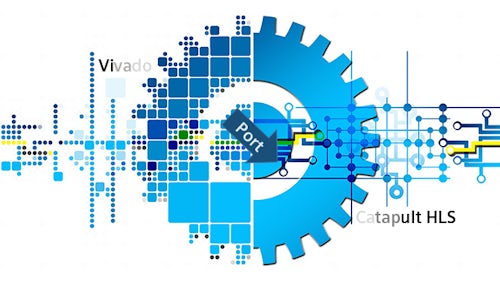The future of ship design and engineering is critical to shipbuilders. This phase of shipbuilding projects typically represents 5 to 10 percent of the overall production cost of a vessel, and yet has an impact on about 85 percent of the construction costs. It is also during this phase that ~90 percent of the vessel performance is determined.
In today’s uncertain market, getting your design right the first time is critical to ensure success. Can digital twin technology help make the ship design and engineering process more efficient?
Controlling the design spiral
Today, the ship design and engineering process is largely based on the design spiral. However this process is inefficient. Steps in the spiral typically involve independent functional teams, which results in collaboration bottlenecks and data silos. In addition, ships today are a lot more complex than they were when the design spiral was first introduced. To manage today’s complexity and stay afloat in an increasingly competitive market, adopting an integrated approach to ship design and engineering is not an option, it is a necessity.
Integrated ship design software
Adopting an integrated ship design software enables shipbuilders to remain in control of the design spiral. Bring multi-discipline design processes into a centralized environment, to enable globally distributed teams to work with a common set of data, tools and processes. Increase overall project efficiency and improving business agility by breaking down silos of information. A fully integrated solution that enables seamless process execution from initial design to detail and production design is in your future of shipbuilding and design.




